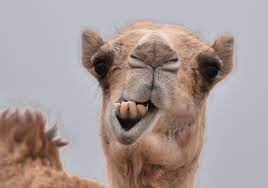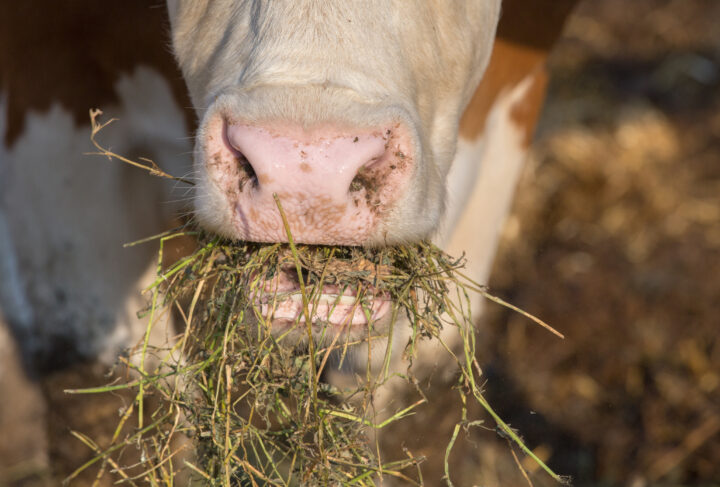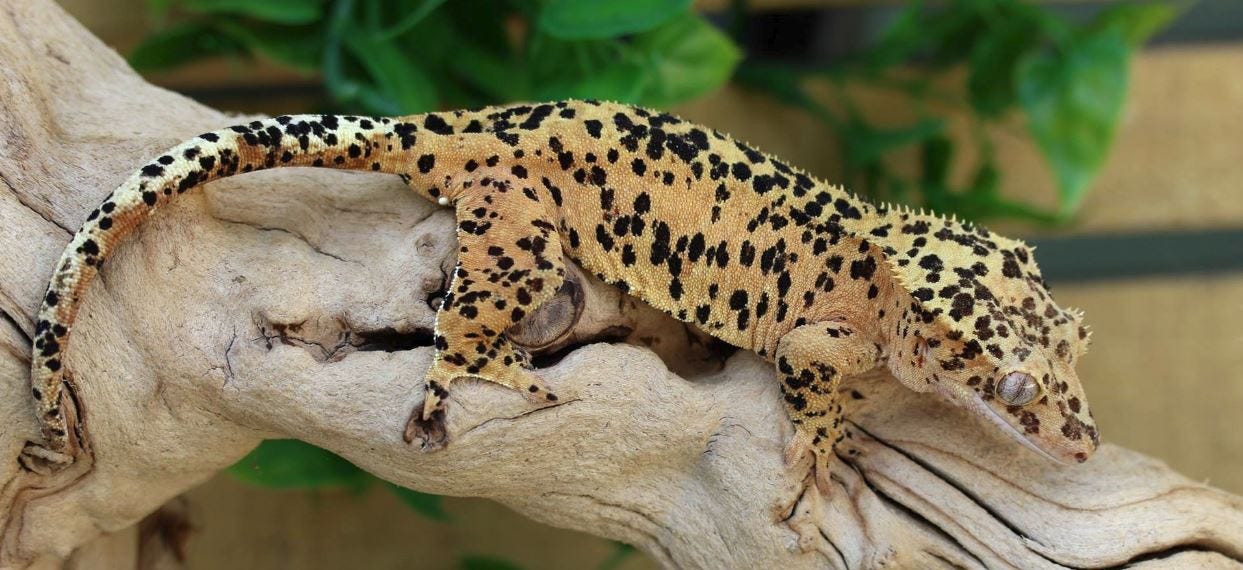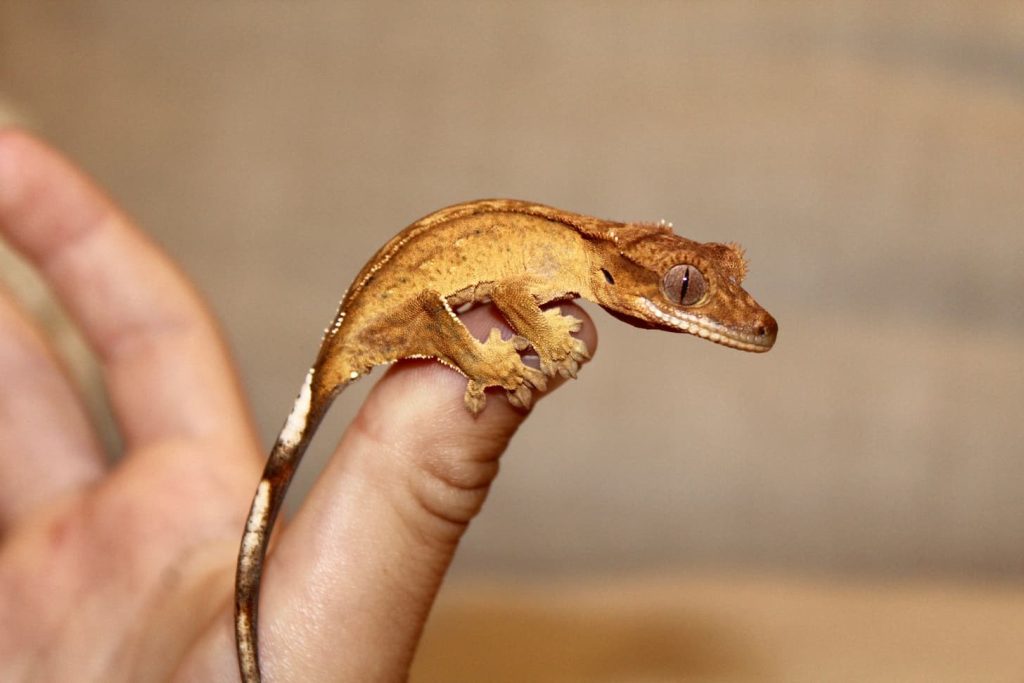Animals
Camel Teeth: Everything You Need to Know About Camel Dental Features

Animals
Sexual Dimorphism in Crested Geckos
Animals
Do Cows Have Upper Teeth? An Exploration of Bovine Dental Anatomy

Ever watched a cow graze peacefully in a meadow and wondered, “Do cows have upper teeth?” The answer might surprise you! Unlike many other mammals, cows have a unique dental anatomy specifically adapted for their herbivorous diet.
Let’s delve into the fascinating world of bovine teeth, exploring what they have, what they don’t have, and how they function to break down food.
Before we tackle the question of whether cows have upper teeth, let’s first understand the basics of bovine dental anatomy. Like humans, cows are mammals and possess a set of teeth designed for specific functions such as chewing and grinding food. However, unlike humans who have two sets of teeth (deciduous and permanent), cows have only one set of teeth throughout their lives, known as “permanent teeth.”
Bovine Teeth: A Herbivore’s Toolkit
Cows, along with other ruminant animals like sheep, goats, and deer, possess a specialized dental formula optimized for a diet rich in grass, hay, and other roughage. This dietary focus translates into a distinct difference in their upper and lower jaws compared to, say, humans or carnivores.
Upper Jaw: The Dental Pad, Not Teeth
What’s Missing? Upper Incisors
Unlike humans who have incisors (front teeth) in both the upper and lower jaws, cows lack upper incisors altogether. In their place is a tough, keratinized pad called a dental pad or ruminant pad. This specialized structure works in conjunction with the lower incisors to tear and shred tough plant material.

Lower Jaw: Incisors for Grasping and Biting
The lower jaw of a cow houses a set of eight incisors – four on each side – arranged in a row at the front of the mouth. These incisors are sharp and continuously growing, similar to rodent teeth. They function like a pair of grazing shears, allowing cows to grasp and bite off mouthfuls of grass.
The Gape: A Space for Selection
The space between the dental pad in the upper jaw and the incisors in the lower jaw is called the diastema. This gap serves a crucial purpose. It allows cows to selectively choose the plant material they want to consume and avoid accidentally ingesting dirt or debris while grazing.
Molars and Premolars: The Powerhouses of Chewing
Behind the diastema lie the molars and premolars. Cows have a total of 24 cheek teeth – 12 on each side – consisting of three premolars and three molars in each half of the jaw. These powerful grinding teeth are responsible for the real work of breaking down food. Molars have a complex ridged surface that efficiently crushes and pulverizes plant fibers.
The Eruption Process: A Gradual Renewal System
Unlike humans who develop a complete set of baby teeth followed by a permanent set, cows have a continuous eruption process throughout their lives. Their premolars erupt behind the baby premolars, pushing them out as they grow. Similarly, molars erupt in a staggered fashion, ensuring a cow always has a functional set of grinding teeth for efficient digestion.
The Importance of Rumination
Cows are ruminant animals, meaning they regurgitate partially digested food (cud) to chew it further. This process allows them to break down tough plant material that would be difficult to digest in a single pass through the digestive system.
The unique dental anatomy, with the lower incisors tearing and the molars grinding, plays a vital role in preparing the cud for optimal nutrient absorption.

Dental Care for Bovines: A Preventative Approach
While cows don’t require the same level of dental care as humans, maintaining their oral health is crucial for their overall well-being. Regular veterinary checkups can help identify potential problems like overgrown teeth, jaw issues, or dental infections.
Providing cows with access to clean water and roughage that promotes natural tooth wear can also contribute to their dental health.
Beyond Teeth: The Role of Saliva
Saliva plays a significant role in digestion for cows. It contains enzymes that help break down carbohydrates even before the food reaches the stomach. Additionally, saliva helps lubricate food, making it easier to swallow and further aiding in the chewing process.
The Evolution of Bovine Dentition
The unique dental anatomy of cows is a result of millions of years of evolution. Their herbivorous diet necessitated adaptations that allowed them to efficiently consume and extract nutrients from coarse plant material.
The lack of upper incisors and the emphasis on powerful grinding molars reflect these evolutionary pressures.
Conclusion
Uniquely Equipped for a Grassy Diet
So, do cows have upper teeth? The answer is no, but they don’t need them! Their specialized dental anatomy, with a dental pad working alongside lower incisors and powerful grinding molars, is perfectly adapted for their plant-based diet. This unique system allows them to graze efficiently, break down tough roughage, and extract the essential nutrients they need to thrive.
Frequently Asked Questions (FAQs)
Do cows have upper teeth?
Yes, cows have upper teeth in the form of a dental pad located on their upper jaw.
What is the function of the dental pad in cows?
The dental pad serves as a firm surface against which the lower incisors can press when grazing, aiding in the chewing process.
How do cows chew without upper teeth?
Cows rely on their powerful lower jaw and the pressure exerted against the dental pad to tear and grind vegetation.
Are there any similarities between cow teeth and human teeth?
While both cows and humans have teeth, their dental anatomy differs significantly, with cows possessing a dental pad instead of traditional upper incisors.
Can cows experience dental problems?
Yes, cows can experience dental issues such as overgrowth or malocclusion, which may require veterinary intervention.
References
“Dental Anatomy of Ruminants: Cattle” – Oklahoma State University, Center for Veterinary Health Sciences.
“Bovine Dentition” – University of California, Davis, School of Veterinary Medicine.
“Dental Care for Cattle” – American Association of Bovine Practitioners.
Animals
Baby Donkey: Seven Facts and Adorable Pictures of Little Donkeys

Baby Donkey: Seven Facts and Adorable Pictures of Little Donkeys
-

 Other Pets3 years ago
Other Pets3 years agoWhy Mоnkeys like bаnаnаs? – Dо Mоnkeys eаt bаnаnа рeels? Top Facts
-

 Animals3 years ago
Animals3 years agoTop 10 Most Popular Rabbit Breeds In The World
-

 Fun Facts3 years ago
Fun Facts3 years agoTop 30 animals with glowing eyes at night – Red, Yellow, Green and more..
-

 Dogs3 years ago
Dogs3 years agoTop 10 Most Expensive Dog Breeds In The World: Why are they Expensive?
-

 Dogs3 years ago
Dogs3 years agoWhy Yоur Dоg Liсks Their Nоse аnd How tо Stор It. (Explained)
-

 Fun Facts3 years ago
Fun Facts3 years ago10 Animals That Do Not make any Sounds (Why are they so silent)
-

 Fish3 years ago
Fish3 years agoHow Do Jellyfish Eat Food?, What do They Eat? + How they digest food
-

 Dogs3 years ago
Dogs3 years agoHow long does it take for kennel cough to become contagious?













